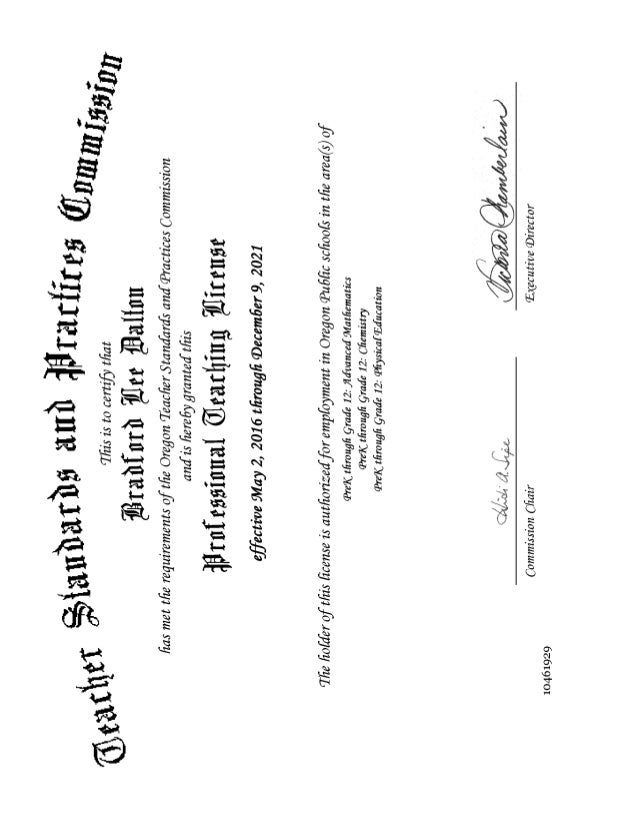
It is easy to set up
It is easy to introduce place values by creating a game with a painter’s grid on the floor. Each box should be labeled with the place value it represents. This could include thousands, hundreds, tens or ones. Next, draw number cards onto the tape to represent numbers.
This game is suitable for children of all ages and abilities. It allows children to connect abstract numbers with the real world. It increases pupils' confidence when it comes to visualizing and partitioning numbers, and also speeds up their mental calculations.
Play is fun
This place value game is a great way to introduce children to number placement. Each player picks a number card to match with the number on the mat. The challenge increases in complexity as kids add decimal numbers to the mix. Children can also count the days of school with counters, adding more numbers as the years progress.

This is a fun game that gets students to get up off their desks and begin working on place values. Students then use a key or key to identify the letter associated with each number. The game can be played by students alone, with a partner or in small groups.
Children learn about place value.
Use money as a visual tool to teach place values to your children. The majority of children are familiar with the concept that ten pennies equal one dollar. This can be used to explain place values. You can also use money visually to teach different values.
When using the four operations on large quantities, place value is something children should learn. It helps children understand why the four operations are performed and makes it easier to determine the answer. Children can quickly learn how to solve problems with methods such as column, bus stop and column. Each method involves looking at each digit individually, understanding the impact of the place value on the result, and then analyzing the whole thing.
This is a great option for older children
This place-value game requires concentration as well as speed. Younger children can place the pins in order to make the highest number. You will need a deck, UNO and WILD card, as well three numbers cards. It works best when you have larger numbers. After all, you're trying to get your students to add and subtract digits.

You can create a large playing surface or use random multi-digit numbers to form a grid. You can ask students to jump to the correct number using a verbal command. You can also mix and match their actions by walking on one foot or crab walking. You can introduce this place value game in a summer-themed unit or you can do it on its own.
Great for home practice
Place value games are an excellent way to reinforce concepts of place value. These games also aid students in memorizing and recognizing the relationships between numbers. This game reinforces the notion that numbers on one side of a numberline are smaller than ones on the other. The student must cover the number in center as they move around the board.
It is also possible to use a place value system at home. You can draw a large area with chalk and add random multi-digit numbers to it. By prompting students verbally, they can practice hop-shopping to the correct number. A second variation is for students to use pompoms to represent tens, ones, and wooden craft sticks or to represent numbers.
FAQ
What is the difference between a college and a university
A university is an academic institution that provides higher education. It offers both undergraduate and graduate courses in many fields.
A college is usually smaller than a university and has a lower reputation. While it may offer fewer programs, many colleges have their own specialist departments.
How much does homeschooling cost?
Homeschooling comes with no fees. Some families charge between $0-$20 per lesson. Some families offer services for free.
However, homeschooling requires dedication and commitment. Parents should have enough time for their children.
They must also have access to books, supplies, and other learning tools. Homeschoolers often need to take advantage of community events and programs to supplement their curriculum.
Parents should consider the cost of transportation, tutors, extracurricular activities, and other expenses.
Homeschoolers also need to plan for field trips, vacations and special occasions.
Is it hard to be a teacher?
You must be a teacher. Your studies will require a lot of your time.
You should expect to work around 40 hours per week while pursuing your degree.
In addition, you will need to find a job that fits your schedule. Many students have difficulty finding part-time work that allows them to balance schoolwork and their personal lives.
If you get a permanent job, you'll likely be teaching classes during the workday. You may even need to travel to different schools throughout the week.
Statistics
- These institutions can vary according to different contexts.[83] (en.wikipedia.org)
- Data from the Department of Education reveal that, among 2008 college graduates, 92.8 percent of humanities majors have voted at least once since finishing school. (bostonreview.net)
- They are also 25% more likely to graduate from high school and have higher math and reading scores, with fewer behavioral problems,” according to research at the University of Tennessee. (habitatbroward.org)
- Globally, in 2008, around 89% of children aged six to twelve were enrolled in primary education, and this proportion was rising. (en.wikipedia.org)
- And, within ten years of graduation, 44.1 percent of 1993 humanities graduates had written to public officials, compared to 30.1 percent of STEM majors. (bostonreview.net)
External Links
How To
Why homeschool?
When choosing whether to homeschool or send your child to school, there are several factors to consider.
-
Which type of education do YOU want for your child's future? Are you looking to develop social skills or academic excellence?
-
How involved are you in your child’s education? Is it better to be kept up-to-date about your child's activities? Would you rather keep your child informed?
-
Do you have any special needs for your child? What can you do to help your child with special needs?
-
Can you manage the time of your child? Can you commit to teaching your child at home every day?
-
What subjects will you be covering? Math, science, language arts, art, music, history, geography, etc. ?
-
How much do you have to pay for your child's education
-
Is your child able to go to school?
-
Where will you house your child? This means finding enough space to accommodate a classroom, and providing sufficient facilities such as bathrooms.
-
What is the age of your child?
-
When does your child go down to sleep?
-
When does he/she finally wake up?
-
What time does it take to go from point A to point C?
-
Is your child's primary school close to you?
-
What distance is there between your home, and the school of your child?
-
How do you get your child to school?
-
What are some of the advantages of homeschooling?
-
What are the cons?
-
Who will watch your child while he/she's outside?
-
What are your expectations from your child?
-
What kind of discipline will you use?
-
What curriculum will you use?
Homeschooling is a great option for many reasons. Some of these reasons are:
-
Your child may have learning disabilities that prohibit him/her attending traditional schools.
-
You want to provide an alternative form of education for your child.
-
You want more flexibility with scheduling.
-
You want to avoid paying high tuition fees.
-
Your child is receiving an education of a higher quality than the one he/she could get in a traditional school.
-
You believe that you can teach your child more than the teacher at a traditional school.
-
The school system is not what you like.
-
You are not comfortable with the school's regulations.
-
You want your child's work ethic to be strong.
-
You want the freedom to choose which courses your child takes.
-
You want to give your child individual attention.
Some other benefits of homeschooling include:
-
There is no need to worry about uniforms, books, pencils, paper, or supplies.
-
You can personalize your child's education according his/her interest.
-
Parents can spend more time with their children when they homeschool.
-
Homeschooled students are more likely to learn faster than their peers, as they aren't distracted by other people.
-
Homeschoolers are more likely to score higher on standardized testing.
-
Families who homeschool tend to be happier in general.
-
Homeschool students are less likely to drop out of school.